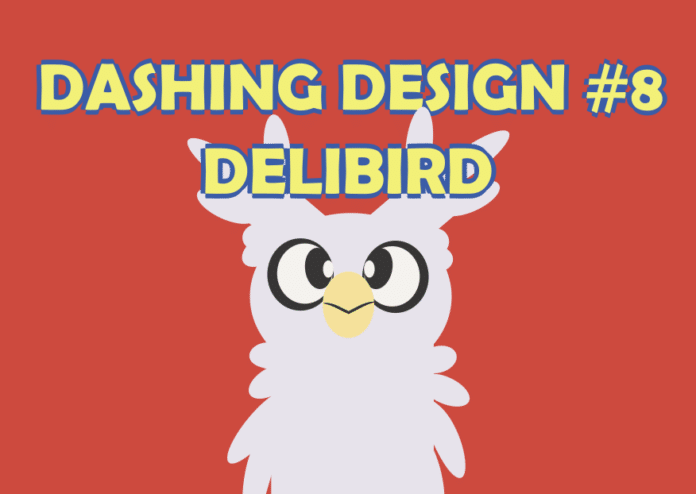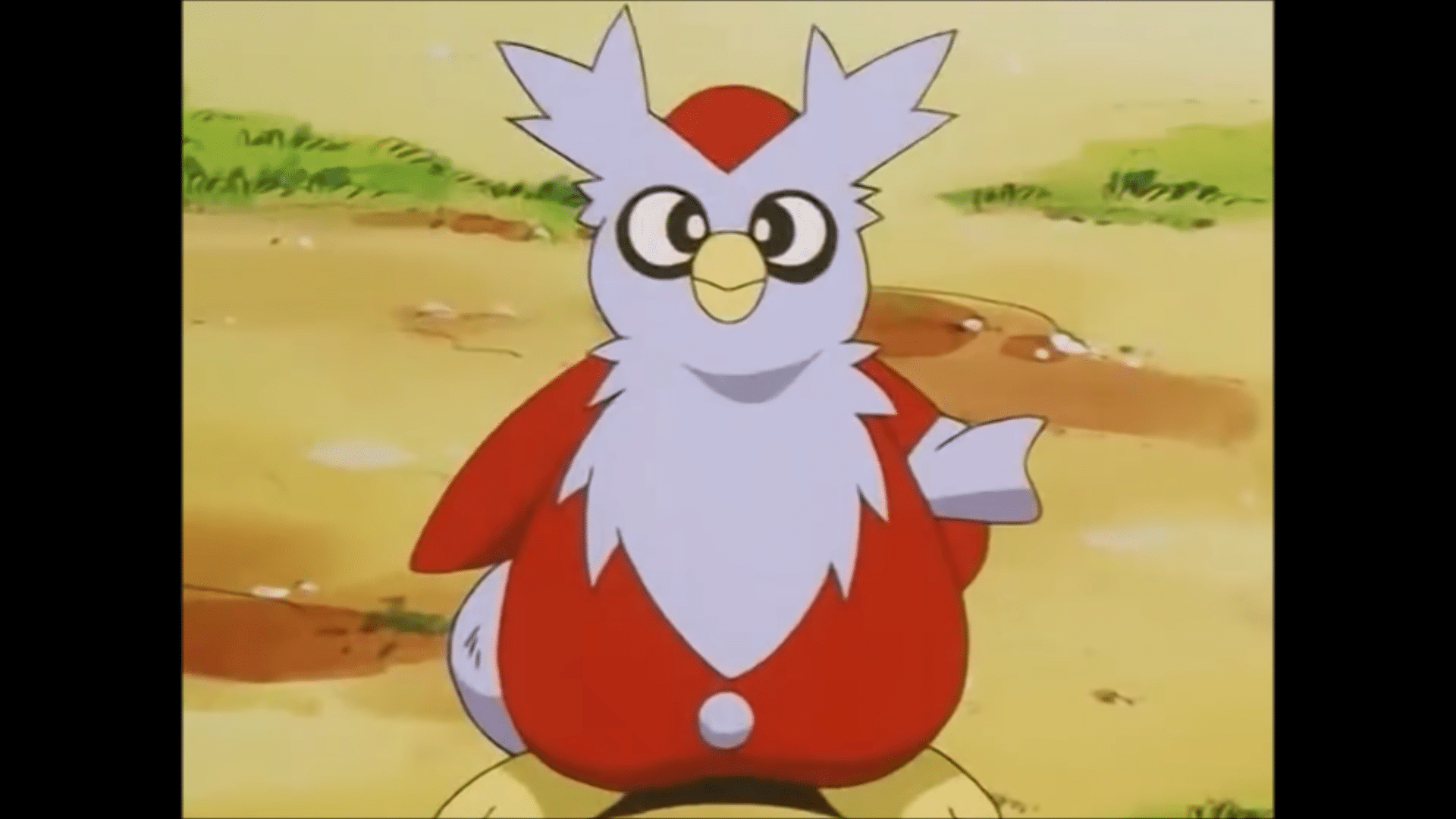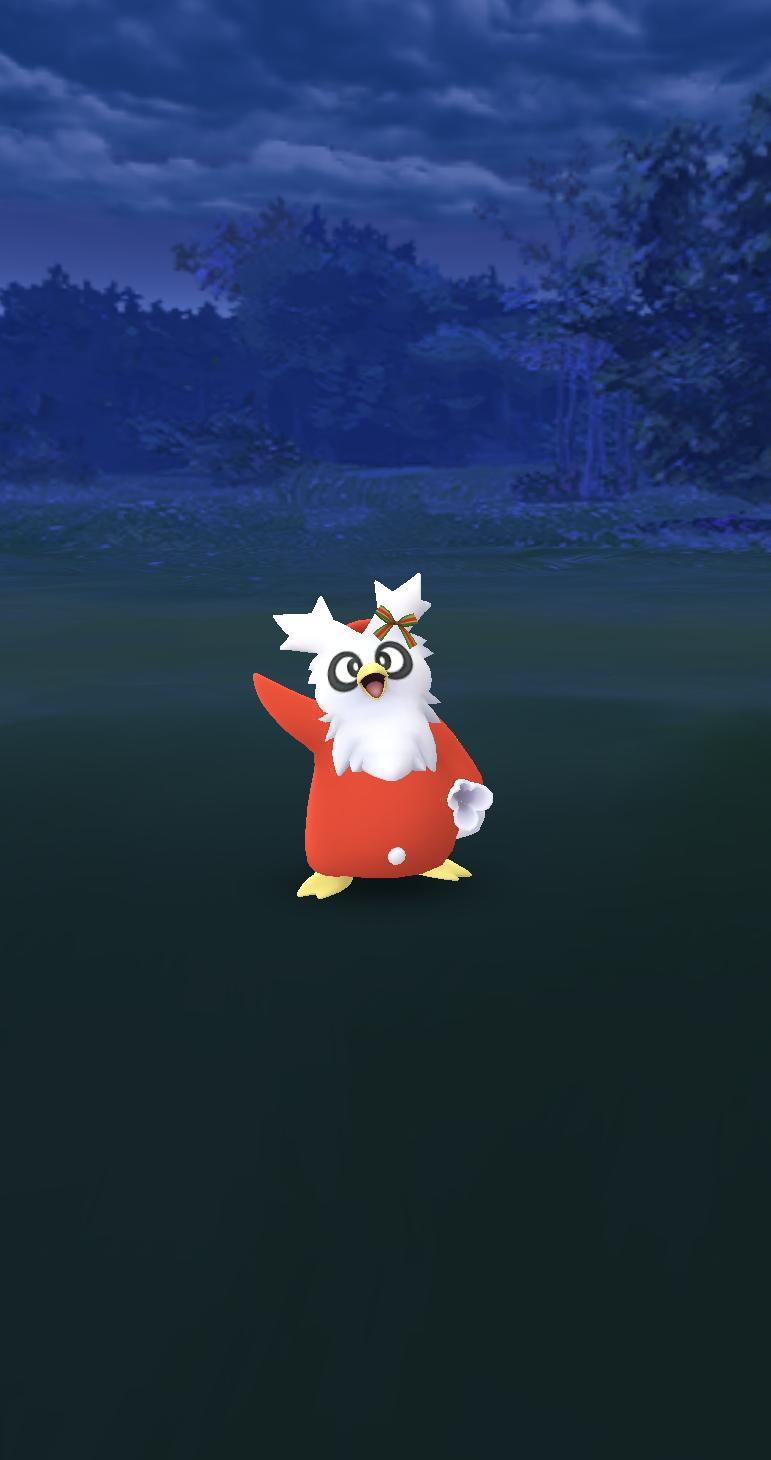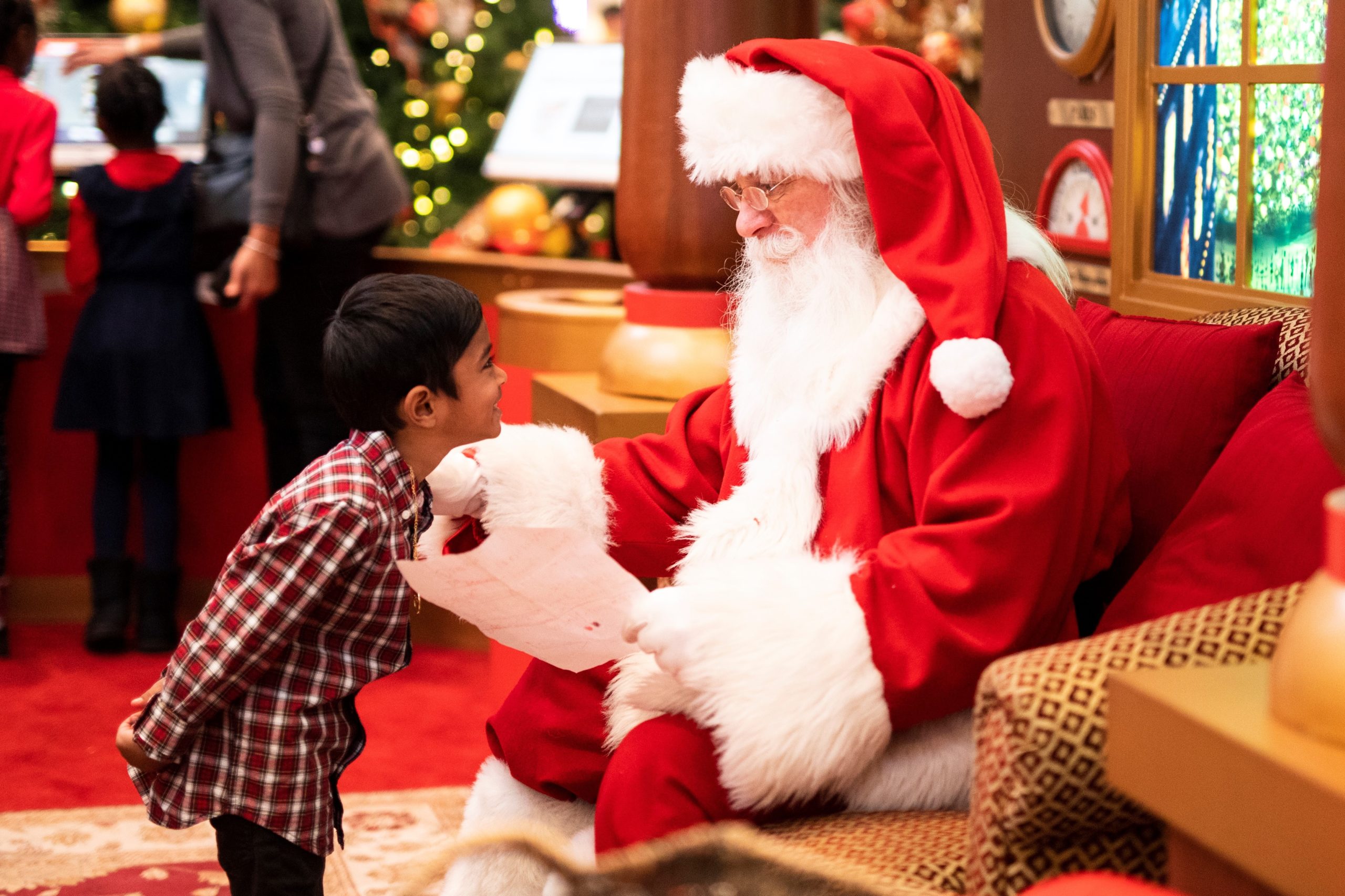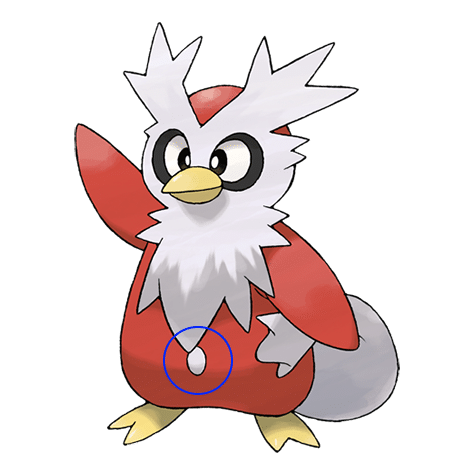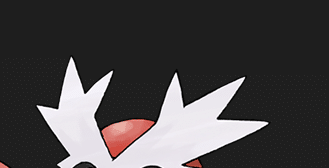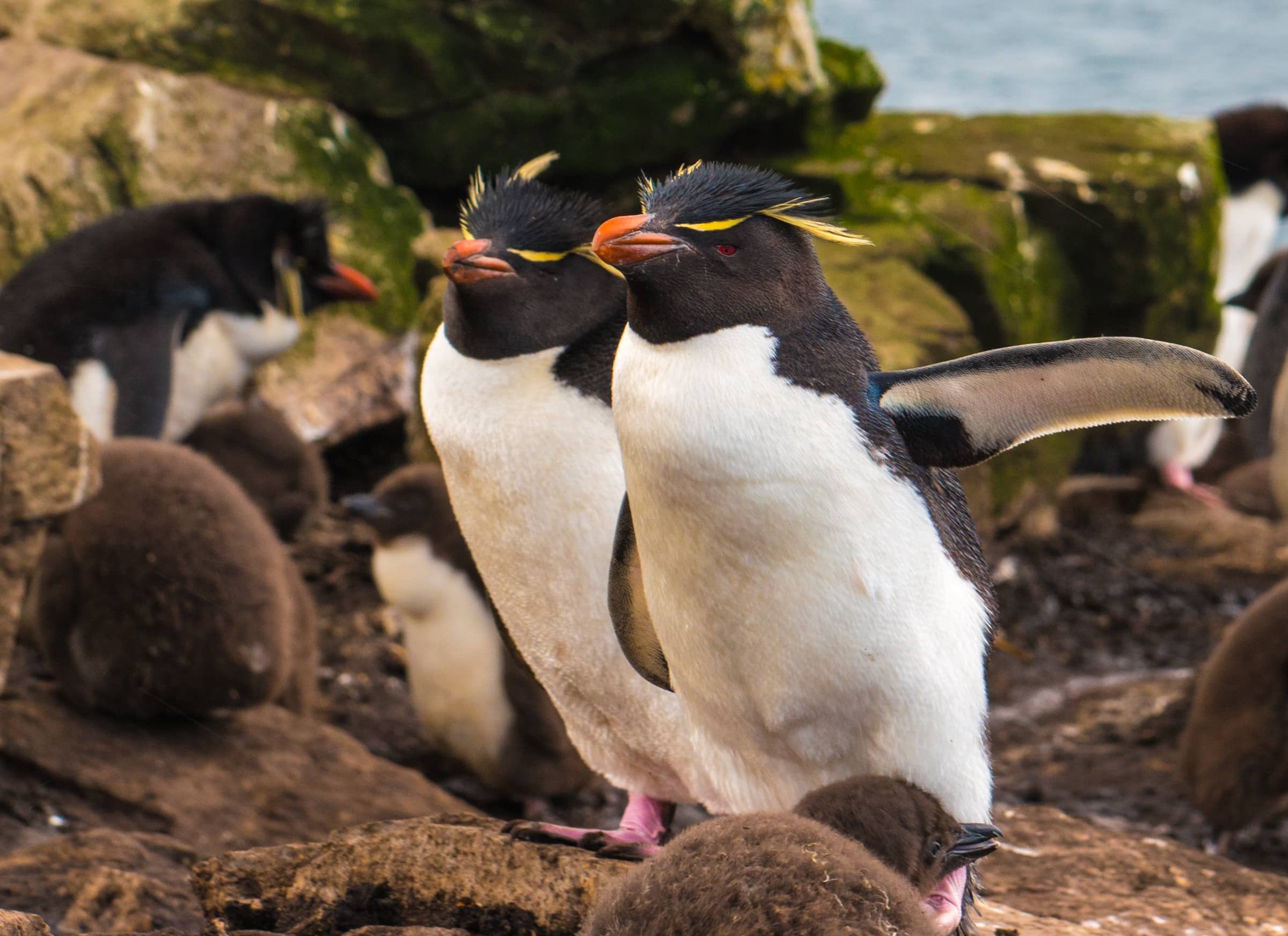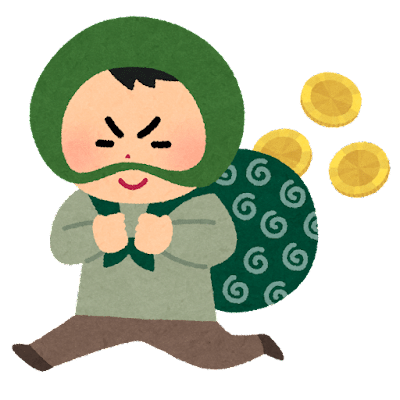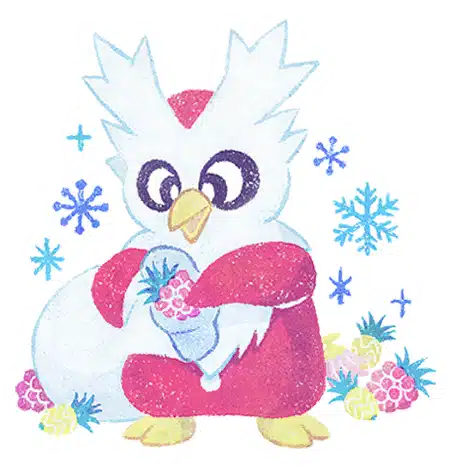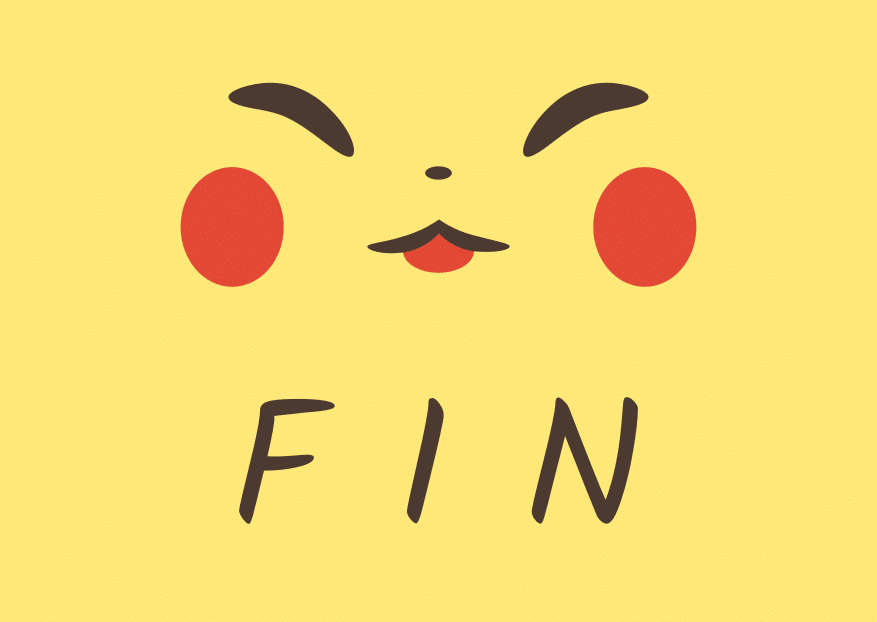Good day, Pokémon Trainers! Have you ever noticed how certain events in Pokémon GO give special attention to a single Pokémon or the community itself tends to hype a new Pokémon up? Have you ever wondered why this Pokémon specifically and what its origins are?
Well, that’s where the Dashing Design series comes in! I’ll be your guide as we take a look at the franchise history, concept, and potential design inspirations of specific Pokémon. We’re reaching the end of the year and the festive winter season is here on Pokémon GO so, in accordance with the spirit of the season today we’ll be taking a look at Santa’s little flightless helper, Delibird!
 Delibird
Delibird
Source: Pokémon The Original Series Ep.231
Delibird made its debut in the second generation of the mainline Pokémon games. This generation encompasses the Pokémon Gold, Silver, Crystal, and (technically) Stadium 2 lineup of games. This makes it the 2nd second-generation Pokémon we’ve covered so far after Mareep. Or third if you consider that Sneasel originally appeared in Gen 2.
Delibird’s appearance in other forms of media is noteworthy as well. Because this Pokémon has been under the care of several noteworthy trainers. Such as The Masked Man, the main antagonist in the third arc of the Pokémon Adventures manga, and Santa Claus in the animated short “Delibird’s Dilemma”. Also, a Delibird had been the key messenger for the Team Rocket members Jessy, James, and Meowth in the main series anime for multiple seasons.
Another interesting thing I find worth noting, Delibird has appeared in every mainline entry since its debut all the way back in 2000 (1999 in Japan) with the releases of Pokémon Gold and Silver. This is quite impressive considering the infamous cut of the national dex in Generation Eight.
Etymology
Like many other Pokémon we’ve covered here so far, Delibird’s name is a combination of two words. In this case, it’s Delivery (The act of transporting something to its intended owner) and Bird (A common name used to describe feathered, egg-laying animals). Not the most complicated of names thankfully. But there is an interesting addition to it, as “Delibird” sounds very similar to “Delivered”, the past tense of deliver. All this alludes to the idea that much like Santa Claus, Delibird delivers presents.
Now for the past few articles, we have taken a look at the Japanese names of Pokémon covered here in Dashing Design as well. But interestingly, much like Zorua covered prior, Delibird shares the same name among multiple languages, Japanese included. All this is to say Delibird’s name is simple between cultures and I personally think it’s perfect that way!
Design
Delibird is unique in that it has no evolutions or pre-evolutions. There is a paradox form but that’s a different beast altogether. So with that in mind since we’ll just be looking at one design in this entire article we get to do something I wanted to do for a while now. Which is looking at every notable part of a single Pokémon’s design exhaustively. So let’s begin and check out the details of the delightful delivery bird one part at a time!
Event Delibird. Source: Uploaded by GOHub Member kittypokemonsalot
Body
Looking at Delibird’s design as a whole two main sources of inspiration become immediately apparent. Penguins and Santa Claus. We’ll look at the penguin side of Delibird later. For now, let’s talk about Santa Claus. The jolly old fellow may be intimately familiar to a lot of people. But who is Santa really? And how does he relate back to our little Pokébird?
The modern interpretation of Santa Claus is an amalgamation of many different figures. But the main root lies with Saint Nicholas of Myra. He is the patron saint of people from many different walks of life, most notably children. Saint Nicholas is also remembered as a generous and modest saint. With tales existing of him giving generous gifts to the needy without anyone’s knowledge. Which, coincidentally fits very well with Christmas. As it is a day when people celebrate “the gift of giving” in a sense. As the three wise men brought gifts to baby Jesus to celebrate his birth. From a practical sense, giving gifts to the needy was a valuable generous behavior as they would be the ones hit hardest in the harsh winters of the Christmas season.
Source: Photo by __ drz __ on Unsplash
And then through continuous iterations and taking from many stories, we come to the modern canonized depiction of Santa. A kind, round man, donning primarily red and white. Usually also carrying a giant sack and riding a sleigh pulled by reindeer through the sky. And wouldn’t you know it, that’s exactly what we find in Delibird. Primarily red and white? a round shape? a friendly face? a giant sack? Yep, all there.
An Addition
Now this part of our design of our design analysis is pretty much done. But I want to take this moment to digress a bit. If you were here during the early 2010s or even earlier years of the internet, you may have heard a rumor going around stating that the iconic red-white Santa was manufactured by Coca-Cola to stay consistent with their branding. But this might not necessarily be the case, as I have found while researching for this article. While specifics are debatable, Santa has definitely been portrayed in red dating back even before the Coca-Cola image that you had likely seen circulating around and in fact, could be once again connected to the actual Saint Nicholas himself!
The Button
Source: Official Site
So Delibird has this small patch of white on its tummy. It’s obviously meant to represent a button that would be on Santa’s outfit to hold it all together. But the placement of the button and Delibird’s small stature almost give it the appearance of wearing a onesie. The type of onesie a child would wear. A child trying to sleep on the night before Christmas, but also eagerly awaiting Santa’s arrival!
The Head
The white patch on Delibird’s tummy is not an outlier, as Delibird’s face is mostly white as well. It looks almost like it’s wearing a mask. It’s not limited to just Delibird’s face though, as it extends to its body, almost like a full beard. A full white beard is iconic to modern interpretations of Santa. In the popular Christmas time poem ” ‘Twas the Night Before Christmas” it’s stated:
And the beard of his chin was as white as the snow;
So ya that’s what’s up with the beard. But the top extensions of the “mask” are worth noting too.
Source: Delibird’s Head from Official Site
They both end on three prongs, which gives them a structure similar to snowflakes. But more importantly, it also ties to Delibird’s identity as a penguin. As at least one type of penguin, the Rockhopper Penguins have similar extensions on their head:
Source: Photo by Mark Koch on Unsplash
So why is Delibird a penguin to begin with? Well, it’s because penguins are typically known to live in cold regions. And Santa is said to live in the North Pole. So, that’s what it is right? Delibird is one of Santa’s helper penguins from the North Pole! Well, no, because there are no penguins in the North Pole. There are, however, penguins near the South Pole. As penguins are native to the Southern part of the world.
So why is the Santa-themed Delibird a penguin then? Well, while penguins are not native to the North Pole, certain species are known to live in very cold regions. As such, penguins are often used as symbols or mascots for cold things. And Christmas is celebrated in the cold winter season, thus penguins fit in perfectly!
The Sack
Delibird has a large sack to its side. This, as mentioned before, is an iconic part of Santa’s modern design. And is said to be where he keeps all the presents he will be giving out that year. Again, from ” ‘Twas the Night Before Christmas”:
And he looked like a peddler just opening his pack.
Except for Delibird, it’s not just a sack it carries around. It’s a part of Delibird’s body! To be more accurate it seems to be Delibird’s tail. This has real-life sources of inspiration as well. Some species of penguins, in particular, the emperor penguin have something called a “Brood Pouch”. It’s a layer of skin between the penguins’ legs to keep eggs and new hatchlings warm. Also, some penguins can “keep” food in their stomach to bring it home and feed it to their chicks. That’s the primary function of Delibird’s sack as well. In the Pokémon Silver Pokédex it’s stated:
It nests at the edge of sharp cliffs. It spends all day carrying food to its awaiting chicks.
Also, I rather briefly mentioned that Delibird is the main Pokémon for the Masked Man, the main antagonist in one of the Pokémon Adventures arcs. And also acts as a messenger for Team Rocket. Why is the Santa bird part of the antagonists in at least two pieces of media? Well, I think it’s finally time to talk about it. I think it has to do with Delibird’s sack and mask-like face. This combination was (and still is) pretty common in stereotypical depictions of thieves and criminals in Japan.
Source: Popular Free to Use Japanese Clipart
The Contents
Source: Pokémon GO Sticker
And now we have reached the last part of this analysis. As mentioned in the previous part of this article, Delibird keeps food in its tail sack for its chicks. But it is not above sharing it with other people. In the Pokémon Gold Pokédex it’s stated:
It carries food all day long. There are tales about lost people who were saved by the food it had.
It is representative of the season when people celebrate “the gift of giving” after all. Many Christmas stories focus on the importance of sharing and the greatness of giving to other people. Consider the popular “A Christmas Carol” as an example. Though unfortunately, not every Delibird is going to be giving away Nintendo Switches or Gameboy Colors anytime soon. It’s limited to food.
But why though? Well, the obvious reason is that as a wild Pokémon, it wouldn’t have much else in terms of possessions. But another reason could be. And this is a bit more speculative than Delibird’s more obvious Santa inspiration. It could also be the reason why Delibird is a bird. This inspiration can be stated in three letters: KFC.
To explain further, it has to do with Christmas culture in Japan. The Christian population in Japan is pretty small. Yet Christmas is regularly celebrated. It is more so celebrated as a secular holiday adopted from the West. And whether by luck or smart marketing, the equally Western brand KFC managed to become an integral part of Christmas celebrations in Japan sometimes around Japan’s economic bubble during the 80s. Nowadays during Christmas, you can find statues of the old colonel himself adorned in Santa’s garb and KFC offering special “party barrels” of fried chicken in Japan. Thus as the Christmas Pokémon, Delibird might take inspiration from this aspect as well.
And there we go! The eighth Dashing Design and perfectly in time for the Winter Holidays. Despite the exhaustive and wordy analysis, Delibird is a simple Pokémon. And I believe there’s an unquestionable charm in its simplicity. Delibird isn’t heavily adorned, it is simple, it is humble, and it is friendly. It harkens to family, acts of kindness, humbleness, and all those positive things we associate with the Christmas season. And this is why, Delibird’s design, is quite dashing! I have at least one more Dashing Design in mind for this year. But for now Merry Christmas and Happy Winter Holidays.
Goodbye for now, Pokémon trainers. Priom-out!

